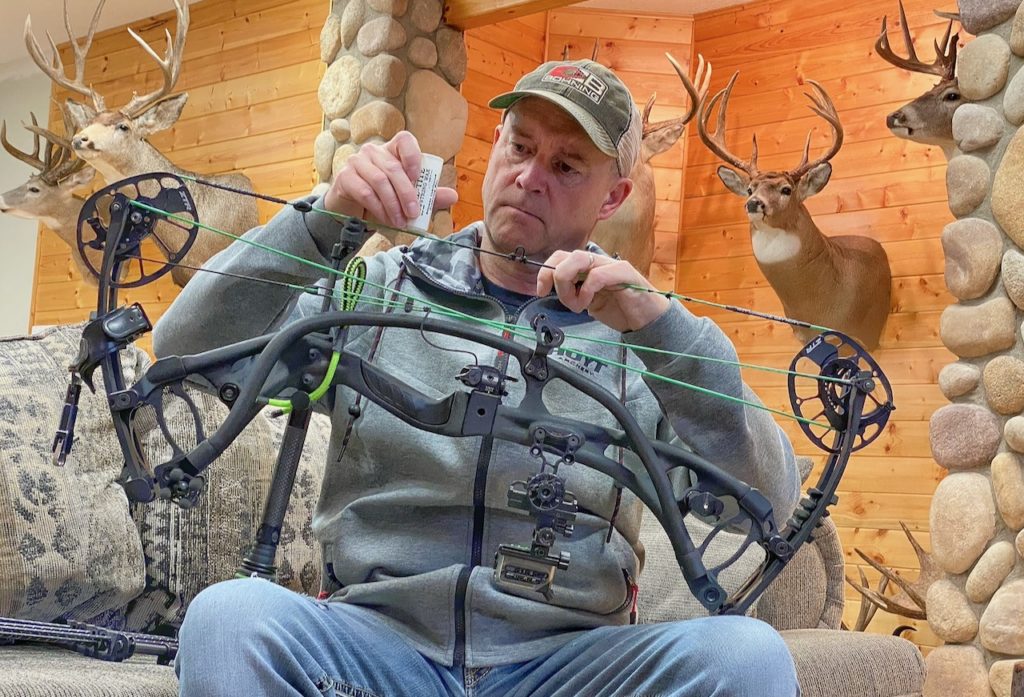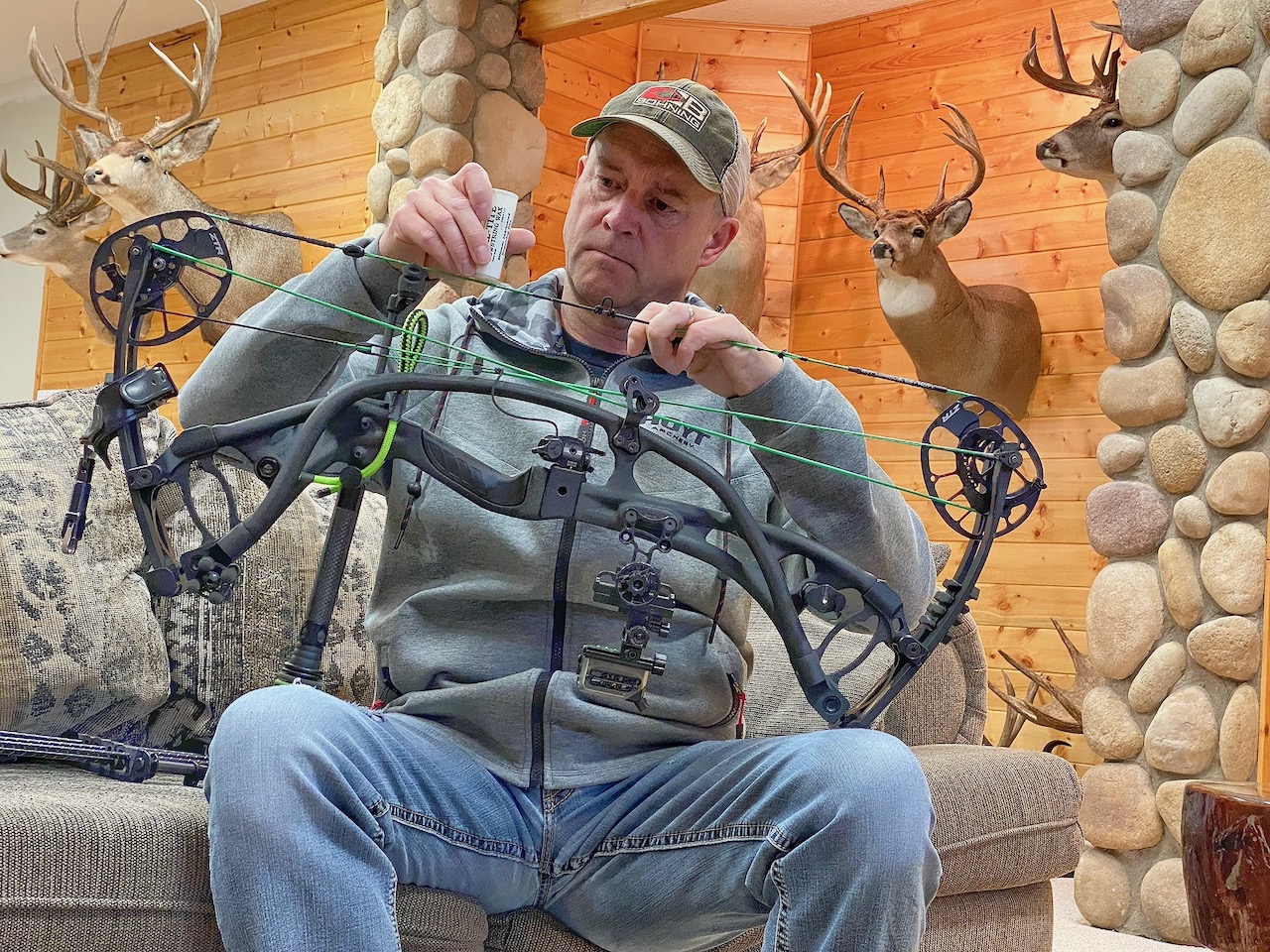SERVICE PLAN
Ensure accuracy by keeping your bow and arrows in top form
Advertisement
Many of us have been there. The buck you’ve been waiting for steps out, so you draw and all is right with the world. But then for some reason your shot goes awry, resulting in in either a miss or, worse, a wounded animal. After the dust settles, you check your bow and discover it’s hitting far left and low, probably because you neglected to properly maintain the components.
This scenario occurs more often than you might think. For every bowhunter I know who makes sure his or her equipment is in peak condition, there are four others who don’t. Today’s compound bows and arrows are highly technical pieces of equipment, so routine maintenance is key to ensuring accuracy. Here’s how to guarantee your gear will be ready when the time comes to make that crucial shot.
Advertisement
STRINGS, CABLES AND CAMS
String wear is inevitable, but by servicing your bowstring every couple of hundred shots, you can keep it in top working condition. Start with a quick visual inspection to see if it needs waxing. If the string appears to be frayed, dry or grey, or it no longer feels tacky to the touch, it needs attention (if it’s seriously frayed, replace it).
Simply apply a modest coating of bowstring wax and thoroughly work it into the strands. Rub the string between your thumb and forefinger, creating friction so that the wax melts and gets absorbed into the fibres. Be careful not to apply wax to the serving or the length of string that travels around the cam, which can get gummed up and impede roll over. Keeping your string in top condition will extend its life and keep it moving freely through the cable guards.
Advertisement

In addition to waxing, strings and cables should still be regularly inspected for wear and damage, however, and replaced if necessary. Also check your cams. Bowstrings stretch, some more than others, which can cause the timing between the top and bottom cams to go off. Each cam should roll over in sync, so if one is ahead of the other, make the necessary timing adjustments. With the right equipment, it is possible to do this on your own; however, most archers will want to have a skilled bow technician do it.
SCREWS AND BOLTS
A compound bow is designed for precision, so if all the parts are assembled correctly and the screws and bolts are properly tightened, it will perform as well as you can shoot it. Every time you shoot your bow, however, the resulting shock and vibration will gradually cause the hardware to loosen—and that’s when problems arise.
Using an imperial Allen key set, ensure all the bolts and screws are snug, being careful not to overtighten them. The ones that receive the most stress are most likely to loosen. That includes the draw-length bolts on the cam module, the string stops and the hardware on the draw stops and cable guard. Be sure to also tighten all screws that hold accessories such as sights and stabilizers in place. Some bowhunters use instant adhesive to secure various bolts and screws, though you can also apply a little bowstrings wax to the threads before insertng and tightening them.
ARROWS
Whenever you get a new batch of shafts, conduct a spin test on every arrow using a commercial spin tester, or simply spin them by hand. Ensure there’s no wobble at all as the arrow spins—if it is bent or otherwise broken, it won’t fly properly and should be discarded. Know that some damage is almost undetectable, and not all arrows are the same. Some are straighter than others, even when they’re new. Finally, run each new shaft through an arrow square to true up the tip before gluing in the insert.
After shooting arrows at the range, always check them for dings, bends or other damage, again using the spin test. Also, carefully inspect the tips for fine splinters, and make sure the inserts are in tight and the broadheads are seated properly. If vanes or other fletching are damaged, replace them immediately. Do all this and you can be certain you’ve covered every detail, and your gear is ready to shoot.

